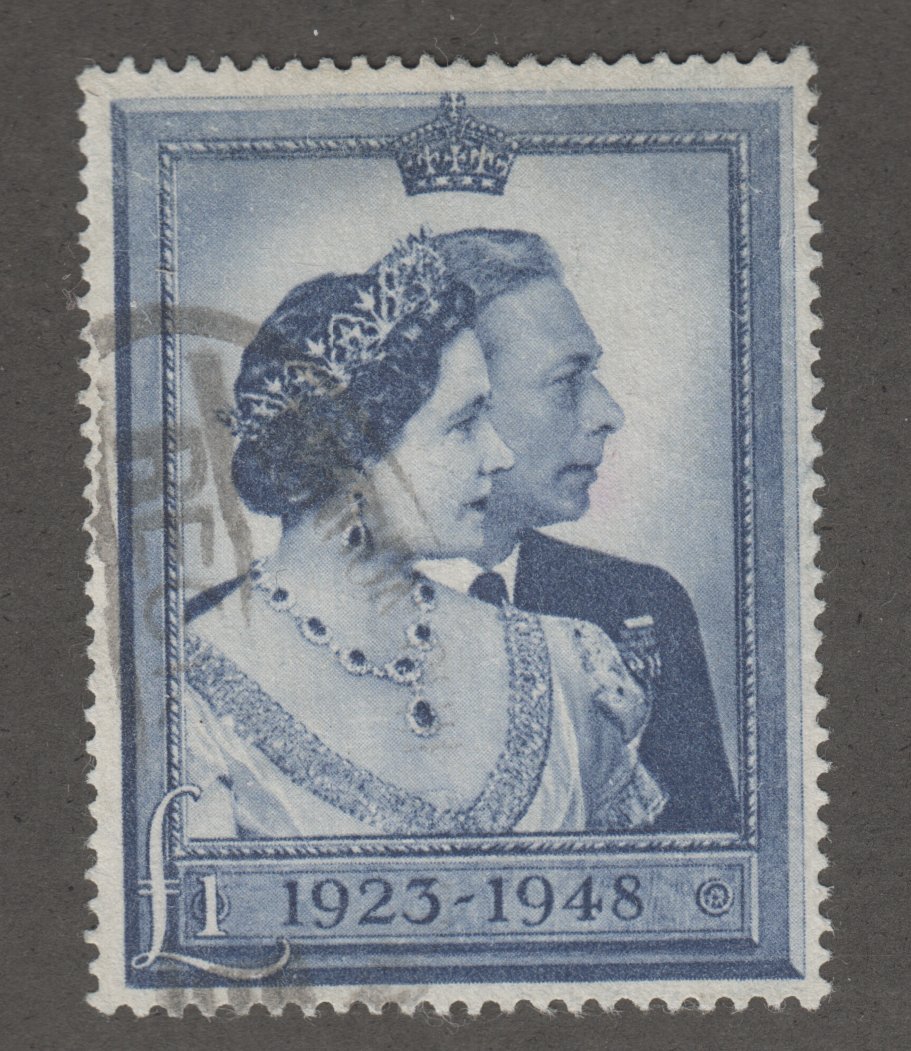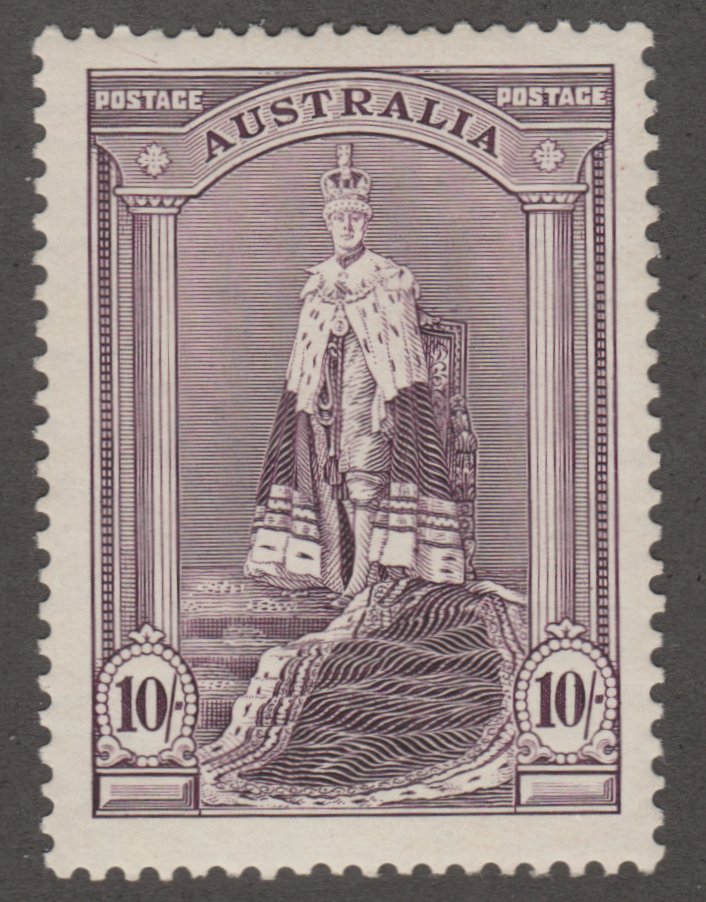
Discussion - Member to Member Sales - Research Center

Discussion - Member to Member Sales - Research Center

The Barefoot guide used the older "ordinary" and "chalky" paper terminology whereas Scott is using "ordinary" and enamel surfaced."
In the "Azores and Madiera Reprints" section of the Barefoot guide, the table for the 1882-87 type stamps identifies which were printed with ordinary and with chalky paper (and with what perforation). Reprints from 1885, 1900 and 1905 are identified by year and perforation. However, Barefoot doesn't identify reprint paper type(s). Scott doesn't mention reprints being on chalky or enamel surfaced paper.
Would I be correct in assuming that stamps of the 1882-87 type for Portugal and colonies on enamel surfaced/chalky paper are going to be from the original printing rather than reprints?
Thanks!
Tom
Correction: Barefoot does use the "enamel paper" terminology, but only on the Newspaper issues (1876, 183/94) where the three paper types are listed for the 1883/94 stamps. With the 1892 issue, Barefoot says originals were on either chalky or enamel paper with reprints on ordinary paper. It is a handy booklet, but is unclear in some respects.

1 Member
likes this post.
Login to Like.
Scott says that the reprints were printed on the same paper as the originals using the same gum and having the same perforations as well.
I don't see any numbering changes between the 2015 and 2017 catalogs. Did Scott change them for 2018?

Login to Like
this post
Thanks, Michael. My only Scott reference is my 2016 Classic Specialized. I haven't been to the library yet to check out the 2018 catalog, but am not expecting to see numbering changes on top of what was done in recent years.
I thought the notes in the Scott Azores section were a little unclear and certainly less detailed than those in the Portugal section. The Azores notes regarding reprints repeatedly refer back to the papers, gum and perfs of the PRECEDING issue or issues. The notes for those preceding issues refer to reprints on thick chalky white paper.
However, the Portugal notes all refer back to a detailed note after Portugal #4. In it, the 1885 reprints are said to be on "stout very white paper, usually ungummed. The 1905 reprints are on "creamy white paper of ordinary quality." That information seems to me to be inconsistent with the notes in the Azores section. Why mention "chalky" in one place and not the other?
And, I have just discovered I overlooked other information in the Barefoot booklet. The pages with reprint information that I thought were specific to colonies other than Azores and Madeira are actually applicable to reprints for all colonies. The separate pages with the detailed Azores and Madeira reprints information I was focusing on are actually supplemental to the general reprints info pages.
So, having now learned how to read the Barefoot booklet, I can see that Barefoot uses nearly identical language to describe the reprints as the Scott note after Portugal #4. Barefoot says the 1885 reprints are on "stout, very white (unless tropicalised later)" paper. No mention of chalky paper. The 1905 reprints are on "creamy, ordinary" paper. Barefoot and Scott both identify perf and gum differences between originals and reprints.
With my new discovery of the general reprints info in the Barefoot booklet, the specific tables of info for Azores and Madeira make more sense. I think the absence of specific paper types for overprints in most of the Azores reprints tables simply means the general paper types (stout, very white for 1885 and creamy ordinary for 1905) apply unless otherwise stated. I can't find a statement to that effect, but that seems logical.
One major difference between Barefoot and Scott is that Barefoot includes info in the Azores detailed tables for reprints that were produced in 1900. I get the impression the 1900 reprints were specific to Azores. Scott doesn't mention reprints produced in 1900.
I've only got 5 of the 1880s era large overprints and 13 with the small overprints. I'm still trying to determine, to the extent I can, which are originals and which are reprints. Once I've gone as far as I can with that process, I'll post images and info for each and see if you and others want to comment and critique.
Tom

Login to Like
this post

A quick question if I may. I'm trying to ID my Azores 1880s Luis stamps according to the new Scott numbering system. I'm also relying on a 1983 J. Barefoot "Forgery & Reprint Guide" for help.
The Barefoot guide used the older "ordinary" and "chalky" paper terminology whereas Scott is using "ordinary" and enamel surfaced."
In the "Azores and Madiera Reprints" section of the Barefoot guide, the table for the 1882-87 type stamps identifies which were printed with ordinary and with chalky paper (and with what perforation). Reprints from 1885, 1900 and 1905 are identified by year and perforation. However, Barefoot doesn't identify reprint paper type(s). Scott doesn't mention reprints being on chalky or enamel surfaced paper.
Would I be correct in assuming that stamps of the 1882-87 type for Portugal and colonies on enamel surfaced/chalky paper are going to be from the original printing rather than reprints?
Thanks!
Tom
Correction: Barefoot does use the "enamel paper" terminology, but only on the Newspaper issues (1876, 183/94) where the three paper types are listed for the 1883/94 stamps. With the 1892 issue, Barefoot says originals were on either chalky or enamel paper with reprints on ordinary paper. It is a handy booklet, but is unclear in some respects.

1 Member
likes this post.
Login to Like.

re: Portugal and colonies reprints and paper types
Scott says that the reprints were printed on the same paper as the originals using the same gum and having the same perforations as well.
I don't see any numbering changes between the 2015 and 2017 catalogs. Did Scott change them for 2018?

Login to Like
this post

re: Portugal and colonies reprints and paper types
Thanks, Michael. My only Scott reference is my 2016 Classic Specialized. I haven't been to the library yet to check out the 2018 catalog, but am not expecting to see numbering changes on top of what was done in recent years.
I thought the notes in the Scott Azores section were a little unclear and certainly less detailed than those in the Portugal section. The Azores notes regarding reprints repeatedly refer back to the papers, gum and perfs of the PRECEDING issue or issues. The notes for those preceding issues refer to reprints on thick chalky white paper.
However, the Portugal notes all refer back to a detailed note after Portugal #4. In it, the 1885 reprints are said to be on "stout very white paper, usually ungummed. The 1905 reprints are on "creamy white paper of ordinary quality." That information seems to me to be inconsistent with the notes in the Azores section. Why mention "chalky" in one place and not the other?
And, I have just discovered I overlooked other information in the Barefoot booklet. The pages with reprint information that I thought were specific to colonies other than Azores and Madeira are actually applicable to reprints for all colonies. The separate pages with the detailed Azores and Madeira reprints information I was focusing on are actually supplemental to the general reprints info pages.
So, having now learned how to read the Barefoot booklet, I can see that Barefoot uses nearly identical language to describe the reprints as the Scott note after Portugal #4. Barefoot says the 1885 reprints are on "stout, very white (unless tropicalised later)" paper. No mention of chalky paper. The 1905 reprints are on "creamy, ordinary" paper. Barefoot and Scott both identify perf and gum differences between originals and reprints.
With my new discovery of the general reprints info in the Barefoot booklet, the specific tables of info for Azores and Madeira make more sense. I think the absence of specific paper types for overprints in most of the Azores reprints tables simply means the general paper types (stout, very white for 1885 and creamy ordinary for 1905) apply unless otherwise stated. I can't find a statement to that effect, but that seems logical.
One major difference between Barefoot and Scott is that Barefoot includes info in the Azores detailed tables for reprints that were produced in 1900. I get the impression the 1900 reprints were specific to Azores. Scott doesn't mention reprints produced in 1900.
I've only got 5 of the 1880s era large overprints and 13 with the small overprints. I'm still trying to determine, to the extent I can, which are originals and which are reprints. Once I've gone as far as I can with that process, I'll post images and info for each and see if you and others want to comment and critique.
Tom

Login to Like
this post

